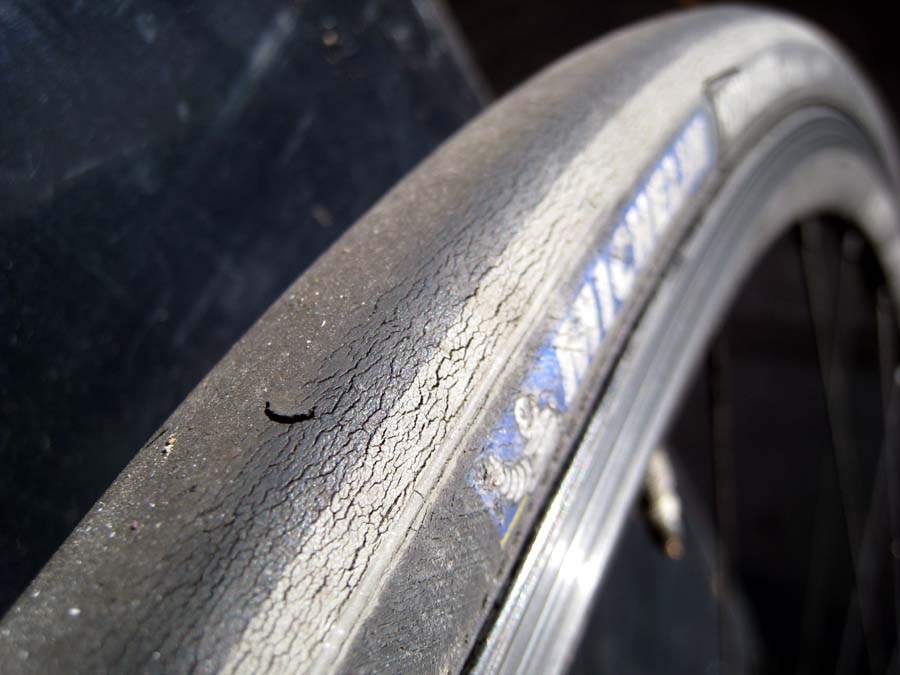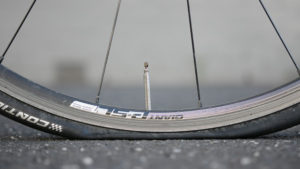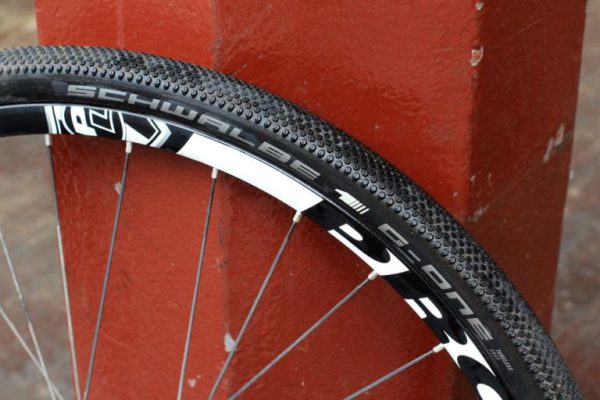It can be tough to find that perfect tire pressure for both mountain biking and road biking, because there is no easy answer. The perfect tire pressure can vary from day to day depending on the conditions, the type of trail, or the weight of the rider.
If you’re used to riding on smooth, paved roads, it can be difficult to switch your thinking around. The goal of tire pressure for road biking is to minimize the surface area of the part of the tire that makes contact with the road. With mountain biking, however, in many cases you actually want to increase the surface area to create better grip on the terrain.
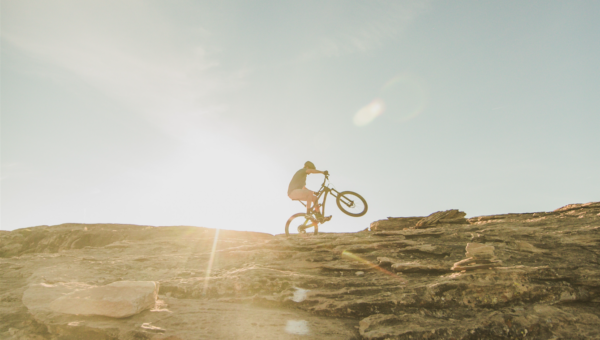
What is PSI?
Psi stands for ‘pounds per square inch’ and is measured by a gauge that is included with most bike pumps. Check out “How to use a bike pump” for a step by step guide.
What is the right tire pressure?
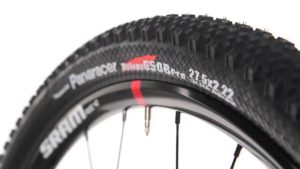
As mentioned above, there really is no “right” pressure, just the right pressure for you. However, the best starting point is around 25 Psi for tubeless tires and 28 for tubed tires. Invest in a quality tire pressure gauge and use it consistently, as readings can vary depending on the gauge.
Your tires will most likely have manufacturer’s minimum and maximum pressure printed on the side. The max pressure will not be an issue for most mountain bikers (you will run below this number), but take note of the minimum pressure. If you go below this number, you are more likely to risk sidewall damage or pinch flats. Likely your perfect Psi will be somewhere between these two numbers.
Generally speaking lower psi will allow for a smoother ride, as your tires will absorb more of the trail, roll faster, and increase traction (surface area) on the trail. If your Psi is too high, you will find your tire bounces off every little rock or root, making for an uncomfortable ride.
Things to consider:
The Rider
- Weight – The heavier you are, the higher your tire pressure will need to be to counteract the pressure you are putting down on the tires. 30 Psi may feel too hard for a 130lbs rider, but will be too soft for a 250lbs rider.
- Style – Do you huck yourself off drops and ride down rocky hillsides with aggressive abandon? If so, then you will need to run a slightly higher tire pressure. Contrarily, if you are a bit more reserved, always light on your bike and finding the smoothest lines, then you can run a lower pressure without risking a pinch flat.
The Tire
- Volume – Gone are the days of the uniform 26in tires, with plus size 27.5 and 29ers becoming increasingly popular. When switching up to a larger size, you are also increasing volume, which means you will need to find a new magic number that works for you.
- Rim width – The rim width determines just how low you can go without compromising performance. The wider rim, the lower pressure you can run, as it will support the tire better than a narrow rim.
- Construction – The outer casing of your tire and the TPI (threads per inch) will determine how the tire feels with more or less pressure.
The Environment
- Conditions – If it has been raining for weeks on end and you’re
 heading out onto to slick, muddy trails, lower tire pressure will give you more grip and stability.
heading out onto to slick, muddy trails, lower tire pressure will give you more grip and stability. - Terrain – Perhaps one of the more important elements to think about before heading out, your tire pressure can vary from trail to trail. Fast and flowy trails can handle a lower tire pressure to absorb those small bumps and have you feel like you’re flying. However, if the terrain is full of jagged rocks and drops, the same tire pressure will have you on the side of the trail with a flat in no time, so you’d want to bump that tire pressure up before heading out.
Finding the Magic Number
Finding your magic Psi is more of a trial by error than a science. A great place to start would be to choose a short section of trail (the type of trail you usually ride) and start at 27 Psi. Ride the section, taking note of whether the tire is compressing to the rim often or is glancing off small obstacles. Increase or decrease the pressure little by little, riding the same section and noticing the difference in grip and speed.
You will be able to run a lower pressure with tubeless or tubeless-ready tires than with a tube-and-tire setup.
The Number 1 Mistake Beginner Mountain Bikers Make
Everyone believes that more pressure = faster, but in mountain biking that is rarely the case. High tire pressure reduces traction and slows forward momentum when hitting a bump.
Professional cross country mountain bikers will run as low as 18 psi in a tubeless tire. Although you may not be a professional, your goal may still be the same, to have the smoothest and fastest ride possible. So change your thinking, less is more.
